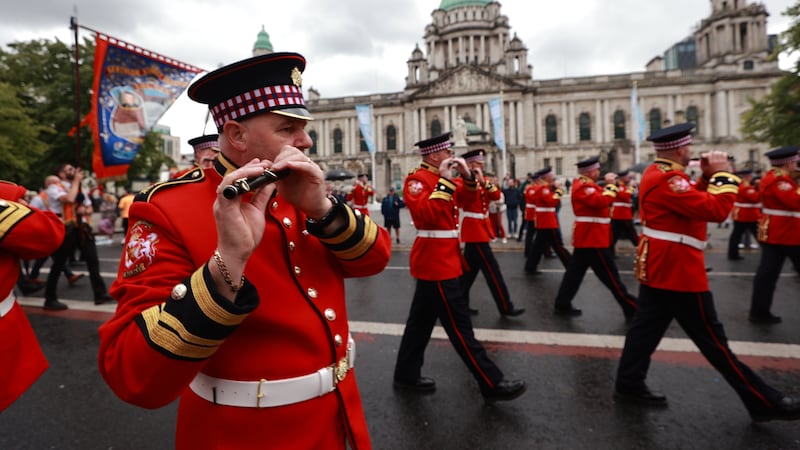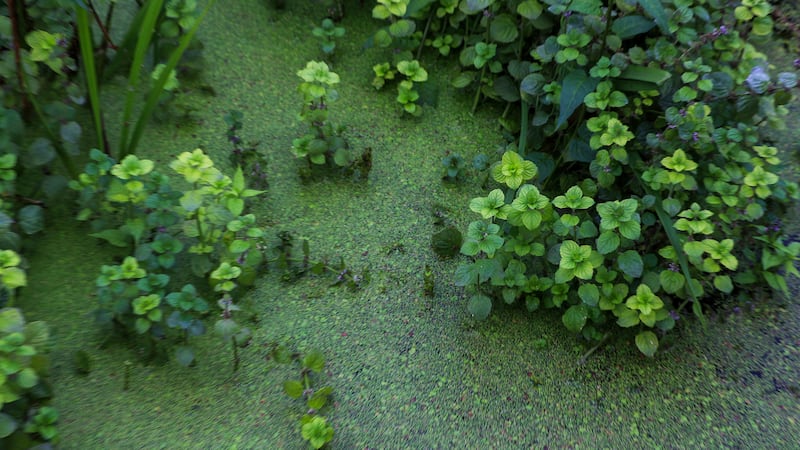THOUSANDS of people lined streets across the north for the annual Twelfth of July parades, including in Belfast where this year may have been the last in which the traditional 10-mile route was walked by Orangemen and bands.
Belfast was one of 18 locations to host the north's main Twelfth demonstrations, alongside areas including Ballymena, Ballycastle, Lurgan and Clogher in Co Tyrone.
This year saw the Orange Order mark the 333rd anniversary of the Battle of the Boyne, and among those to attend the parades was Northern Ireland Secretary Chris Heaton-Harris.
He joined observers in Lurgan alongside DUP Upper Bann MP Carla Lockhart.
"Northern Ireland has a rich cultural tapestry and if it is to continue to make progress, it is vital that people across society show respect and tolerance for those who may hold opposing values, views and traditions to their own," he said in a tweet.
Back in Belfast, which along with Ballymena is the only location where a Twelfth parade is held each and every year, crowds packed the route through the city centre and along the Lisburn Road towards the field at Barnetts Demesne on the southern outskirts of the city.
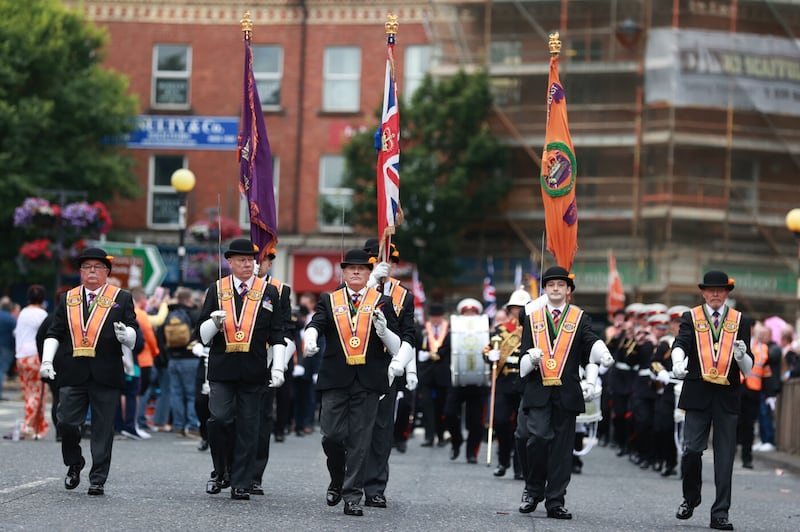
The Orange Order is currently undertaking a review of the Belfast parade route, and is discussing proposals to shorten it by six miles for next year's Twelfth.
Read more: What is the Twelfth of July?
The plans, if adopted, would see the field section of the parade scrapped in favour of marchers turning back at Elmwood Avenue and finishing up the parade by 2pm.
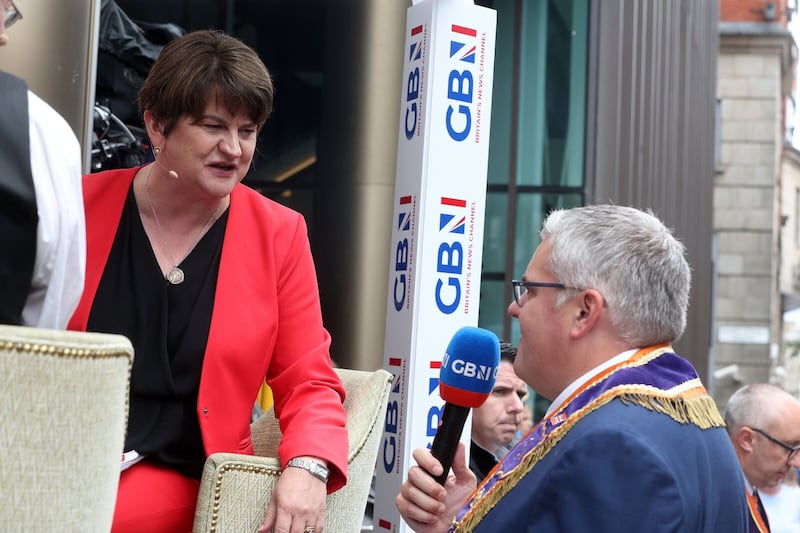
Among those observing the parades in the city centre was former DUP first minister Arlene Foster, who was presenting coverage of the day's events for right-wing UK TV channel GB News.
During the broadcast among those she spoke to was her former party colleague and current DUP deputy leader Gavin Robinson, the MP for east Belfast.
Following the passing of the parades, Belfast City Council staff began a huge clean-up operation along the route.
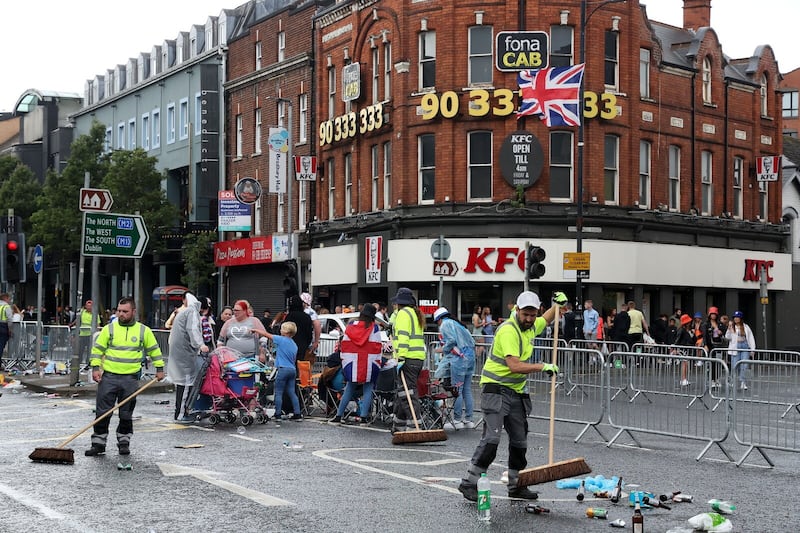
Meanwhile, in Loughbrickland, Co Down, over 60 lodges and bands arrived for field celebrations that were addressed by Orange Order grand master Edward Stevenson.
In a speech, he told attendees that the Orange Order "continues to play a key role in all aspects of Northern Ireland society".
"Whether our critics like it or not, we are ingrained in the historical and cultural tapestry of this place and of these islands,” Mr Stevenson said.
Read more: What is the Orange Order
“There is no shortage of those who want to talk Orangeism down and claim we are soon to be a thing of the past.
"I have bad news for them because the Orange Institution has stood the test of time for over 220 years, and we aren’t about to disappear anytime soon."
Thursday sees another major day in the calendar for Protestant and unionist heritage, with the annual Sham Fight at Scarva in Co Down.
A popular re-enactment of the clash between King James II and King William is held before crowds at the village each year on July 13.
Scarva is where Williamite troops camped on their way to the Boyne in 1690.
